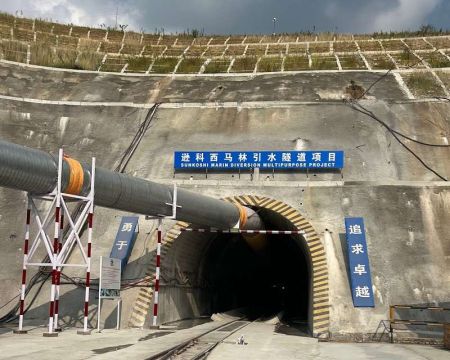April 15: The year 2078 was a year marred by liquidity crisis (investable capital) for the financial sector. As economic activities picked up pace immediately after the Covid-19 pandemic subsided, banks and financial institutions aggressively pushed for credit expansion. However, as deposit collection did not grow as compared to the credit flow of banks, there was a liquidity crisis in the banking system. As a result, at the end of the year, the new credit flow of banks and financial institutions has almost stopped.
Deposits in banks increased by Rs 4.43 billion from Rs 4.45 trillion in 2077 to Rs 4.91 trillion in 2078. According to Nepal Rastra Bank, credit flow increased by Rs 678.77 billion from Rs 4.022 trillion to Rs 4.78 trillion.
The main reason for the liquidity crisis in banks and financial institutions was the change in policy of NRB. The NRB removed the provision of maintaining 85 percent capital, loan and deposit (CCD) ratio in the banks through the monetary policy of the current Fiscal Year (FY 2078/79) and implemented the provision of maintaining 90 percent credit-deposit (CD) ratio. Due to this reason, the ability of banks to expand credit flow decreased.
Similarly, as most of the credit was provided for imports, the country's foreign exchange earnings, remittances, tourism and other sectors were affected, and the deposits could not increase. Due to this, the financial sector is facing liquidity crisis in the market.
Dispute between finance minister and governor
The year 2078 will also be remembered for the suspension of Governor Maha Prasad Adhikari. With the tension between Finance Minister Janardan Sharma and Governor Maha Prasad Adhikari boiling during the announcement of monetary policy for the current FY, the ministry has started an investigation against the governor for not cooperating with the government. The governor has been suspended since the investigation began.
The government has been criticized for taking political action against the governor who was seeking economic reform. Due to the dispute between the finance minister and the governor, the leadership of NRB is now in the hands of the acting Governor.
Cash margin for LC
Although the credit flow of banks and financial institutions increased, it shifted to the unproductive sector, which in turn posed a challenge to the financial sector. Due to this pressure, NRB tightened its grip on equity loans.
The central bank has discouraged investment in real estate and transportation sectors by increasing the risk burden of these loans.
Similarly, the central bank, which has implemented provision of 100 percent cash margin for opening LCs to reduce the import of goods under 47 different types of harmonic codes, has verbally instructed the banks not to open LCs until the situation improves.

























